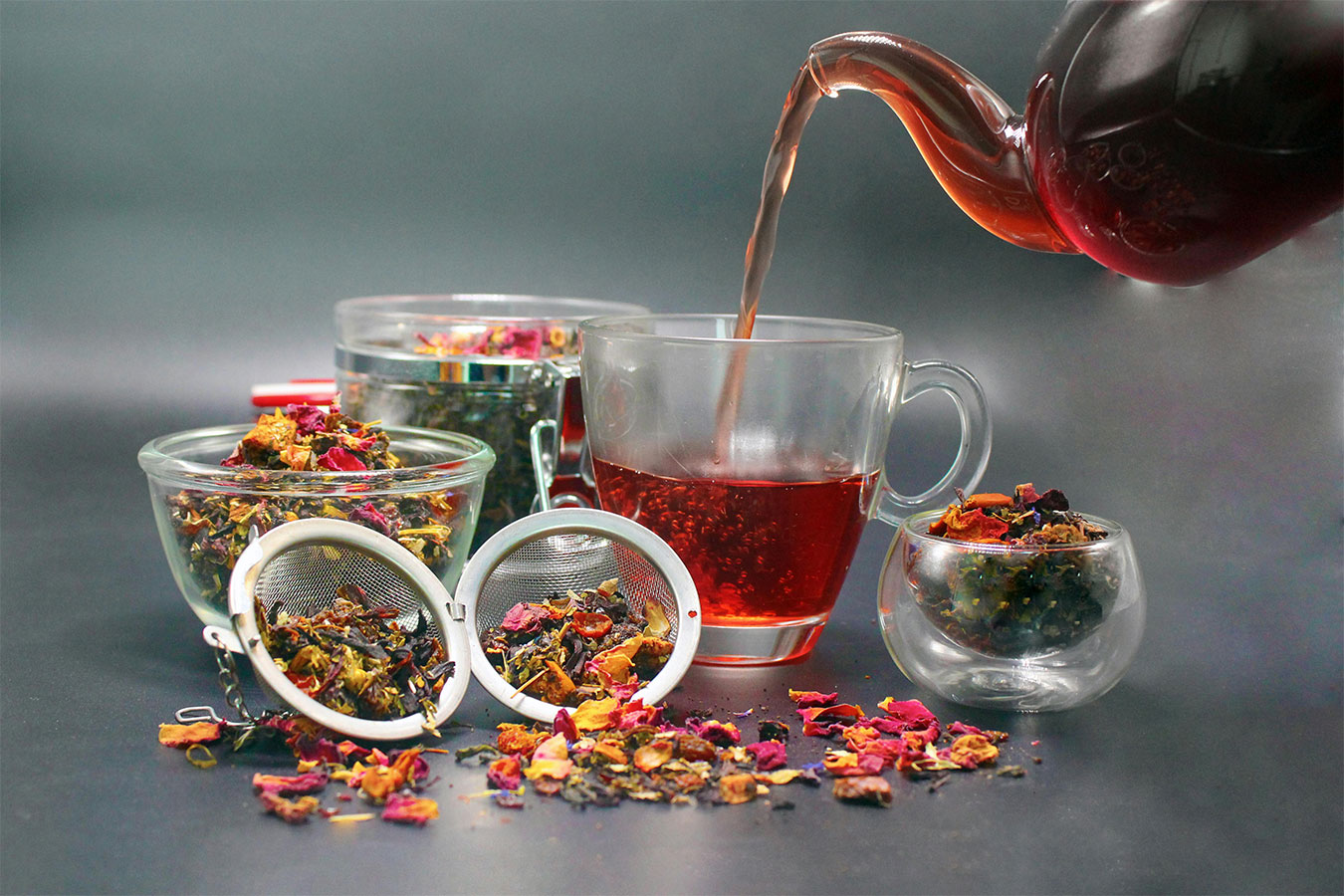There was a time when I believed that feeling tired all the time was just part of adulthood. I chalked up my foggy head to poor sleep, blamed my bloating on a busy schedule, and told myself I’d feel better once things settled down. Of course, they never quite did.
It wasn’t until I started learning more about the body’s natural rhythms, and how herbs could support those rhythms that things shifted. I didn’t need a harsh reset, I needed to reconnect. Slowly, I began to replace the quick fixes with calming teas, warm compresses, and bitter roots. The difference wasn’t immediate, but it was real. I felt lighter, Clearer, like my body was finally exhaling.
That experience led me down a path of exploring herbal cleanses; Not the trendy kind that promises overnight miracles, but gentle rituals that coax the body back into balance. These five herbs have stood the test of time, not because they shock the system, but because they know how to listen to it. And that’s where true healing begins.
1. Dandelion Root – The Quiet Liver Ally
Dandelion isn’t flashy. You’ll find it growing in sidewalk cracks or taking over garden beds. But beneath its humble appearance is a deeply nourishing root that has long supported liver health and overall digestion.
The liver is constantly working behind the scenes—filtering toxins, managing hormones, supporting immunity. When it’s overworked, we may feel it as fatigue, dull skin, irritability, or sluggish digestion. Dandelion helps relieve the burden. It stimulates bile flow, encouraging the body to break down fats and carry waste out more efficiently.
How to use it: A roasted dandelion root tea, especially before meals, offers both digestive support and a quiet, grounding moment in your day. You can also take it as a tincture if you’re short on time.
2. Burdock Root – Skin-Deep and Beyond
Burdock is the kind of herb that gets to the root of things—literally and figuratively. Traditionally used in Japanese and European folk medicine, this sturdy root is a friend to both the lymphatic system and the skin.
When the lymph system is congested, waste builds up in the tissues. The skin often tries to compensate, leading to acne, rashes, or that overall “puffy” feeling. Burdock encourages the lymph to move more freely and helps the kidneys flush out what the body no longer needs.
Many herbalists also turn to burdock during seasonal shifts, when the body naturally craves renewal.
How to use it: A decoction (a long-simmered tea) made with dried burdock root is earthy and grounding. Try combining it with dandelion and a pinch of cinnamon for warmth.
3. Red Clover – A Gentle Bloom for Inner Clarity
With its pink blossoms and delicate stems, red clover may not look like a powerhouse—but it’s one of the most trusted herbal allies for gentle purification.
Red clover is known as a “blood purifier,” supporting the removal of metabolic waste through the liver and lymph. It’s also rich in minerals and phytoestrogens, making it especially helpful for women navigating hormonal fluctuations.
More than anything, red clover brings a softness to the cleansing process. It doesn’t push—it encourages.
How to use it: Steep a handful of dried blossoms in hot water and let them infuse slowly. Sip this tea throughout the day for a gentle, nourishing cleanse that feels more like self-care than a regimen.
4. Milk Thistle – The Rebuilder
Some herbs help move things out. Milk thistle focuses on rebuilding from within. Its seeds contain silymarin, a compound known to protect liver cells and even support their regeneration.
This makes milk thistle ideal if you’re coming out of a high-stress period, recovering from illness, or simply wanting to nourish your body after extended strain. It’s not a fast-acting herb—but its slow, steady support can make all the difference.
How to use it: Because milk thistle’s active compounds are fat-soluble and less water-friendly, it’s best taken as a tincture or capsule. Use it consistently over time for deep liver support.
5. Cleavers – The Forgotten Herb That Moves Everything
Cleavers is the sort of herb you might brush past on a woodland walk—its tiny hooks cling to your clothes, but its energy is soft and flowing. Often overlooked, this herb has a special affinity for the lymphatic system, gently encouraging it to clear stagnation and fluid buildup.
This is especially useful during springtime or any moment when you’re feeling heavy, swollen, or energetically stuck. Cleavers speaks to those in-between moments—the subtle signals the body sends before full-blown symptoms arrive.
How to use it: Fresh cleavers juice is traditionally prized, but dried cleavers tincture also works beautifully. Some herbalists infuse it in cold water overnight to preserve its delicate energetics.
Modern life often demands fast fixes, but the body doesn’t work that way. Real change happens slowly. A gentle herbal cleanse doesn’t shock the system—it supports it. You don’t need to go on a restrictive diet or isolate yourself from comfort. Often, it’s about adding in—herbs that nourish, rituals that ground, and small shifts that accumulate over time.
Try choosing just one of these herbs to start with. Let it become a ritual: a cup of tea while you journal, a tincture drop before a mindful walk. Listen for how your body responds. Over time, you may notice that your digestion improves, your skin looks clearer, or you simply feel a little more like yourself.
That’s the beauty of herbal medicine—it doesn’t just cleanse. It reconnects. And sometimes, that reconnection is the most powerful medicine of all.


